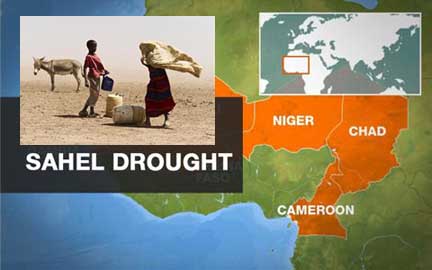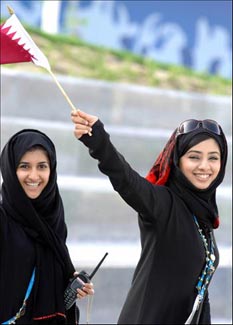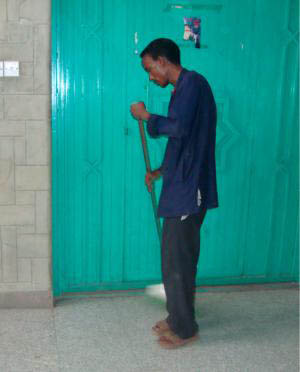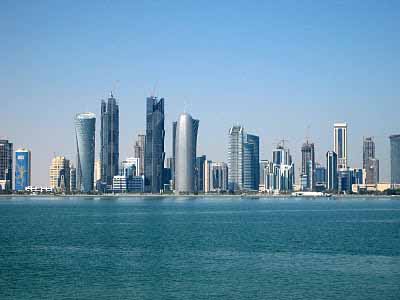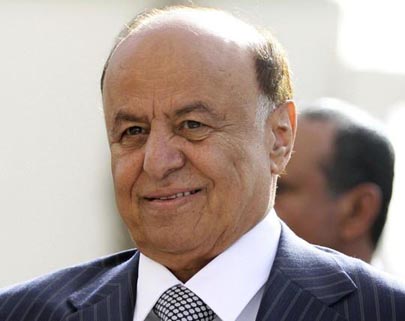
Yemeni interim president Al-Hadi
Yemen’s transition: a model to be followed?
by Helen Lackner, Open Democracy, June 19, 2012
What is actually happening in Yemen? It is either presented as a ‘solution’ which could be a model for Syria, or as a ‘phoney’ change that only conceals continuation of the previous regime
In the current environment where the success of the ‘Arab revolutions’ to bring about genuine democracy to their countries is more than doubtful, there is value in examining in some detail the situation in Yemen. Where Egypt seems to be poised between a military or a fundamentalist regime, Libya is at risk of being divided between a multiplicity of various armed factions, Bahrain continues on its bloody confrontation between a minority regime and the demands of the majority of its people, early hopes for Tunisia are dwindling in the face of more aggressive fundamentalists and Syria is suffering civil war with a death toll of hundreds each weak, what is actually happening in Yemen? It is either presented as a ‘solution’ which could be a model for Syria, or as a merely cosmetic change which conceals a continuation of the previous regime.
After many months of procrastination, Ali Abdullah Saleh was forced to sign the so-called Gulf Cooperation Council Transitional agreement on 23 November 2011. While he attempted to continue ruling from behind the scenes, his power has been very dramatically reduced over the months. First, his former Vice President, Abdul Rabbo Mansour Hadi was elected president through an overwhelming popular endorsement on 25 February 2012 when more people came out to vote for him than had participated in the previously ‘contested’ presidential elections of 1999 and 2006. While the outcome was in no doubt as he was the only candidate, the fact that over 6 million Yemenis bothered to come out and queue to vote showed their desire for change and to get rid of the old regime – even if many of them were voting more against AAS than for ARMH – gave him a popular legitimacy which helps him develop a genuine power base which he previously lacked. Continue reading Yemen’s Transition
